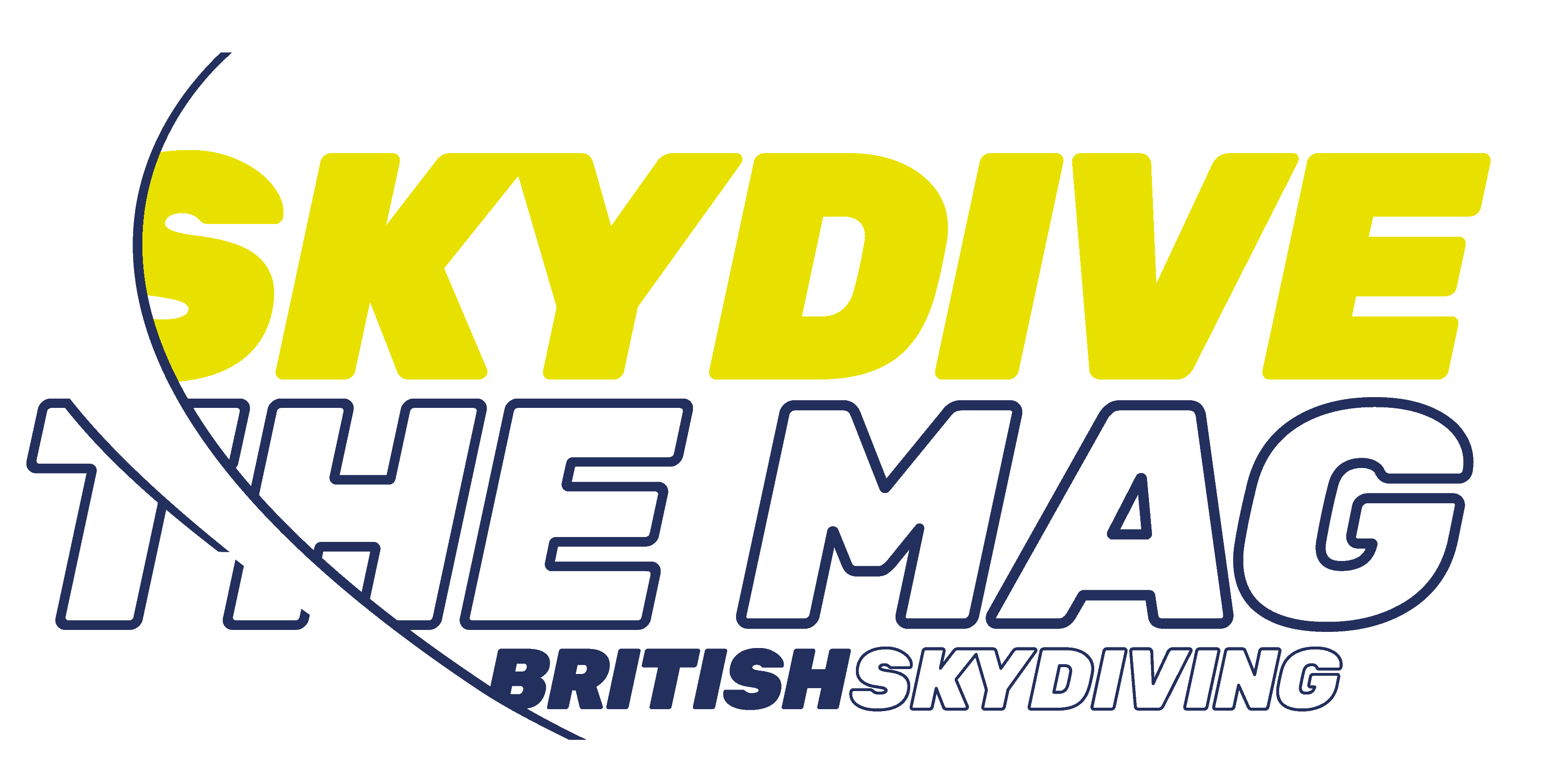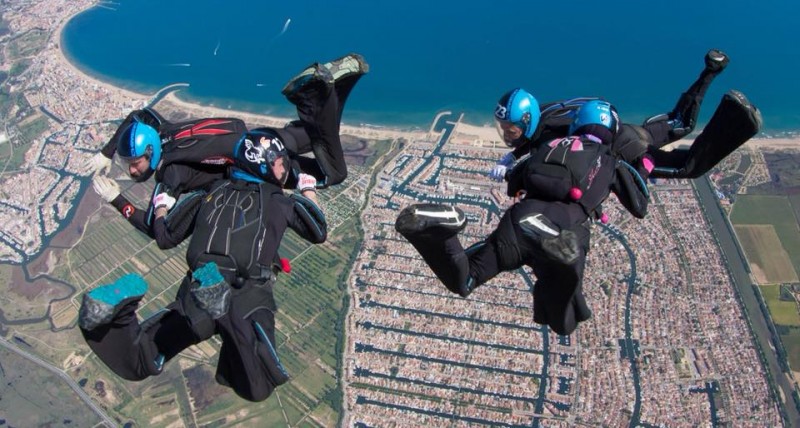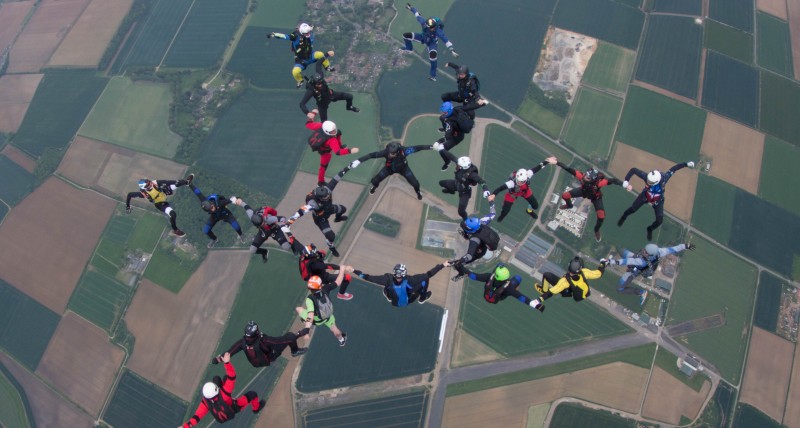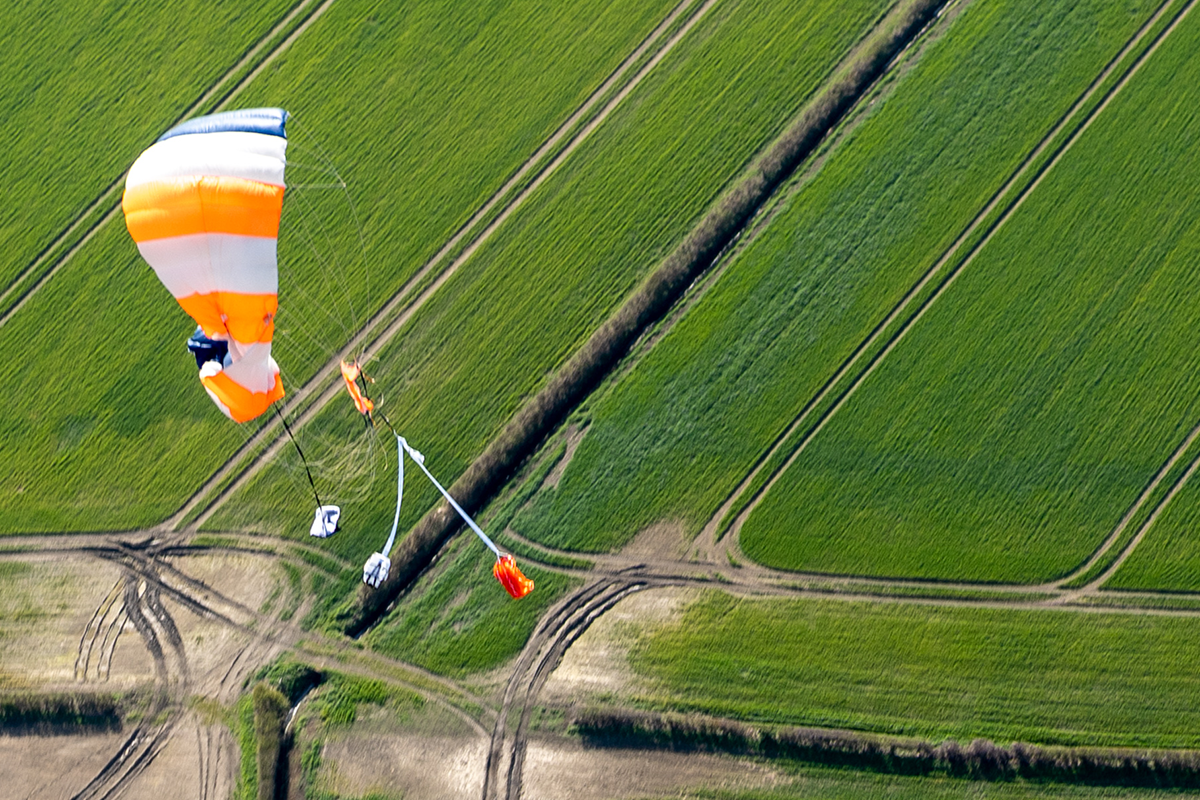Your Guide to Handling Fear & Frustration
By Connor Figg
Tunnel flying is as rewarding as it is frustrating. We spend huge amounts of time trying to hone our physical movements and control, watching and rewatching videos to try to eke every last drop of potential skill out of our meatbags.
But the grey stuff up top that controls everything is often overlooked. There is a mental game to play in the tunnel, and those who understand this best will be the most prepared when things stop feeling easy, and the going gets tough. This article will cover two of the most challenging aspects of learning any skill in the tunnel, and offer some advice on how to best navigate these emotions.
FEAR
The human experience of fear begins in the amygdala, the part of the brain that processes many of our emotions. When the amygdala is activated – due to the interpretation of possible danger – it elicits the fear response. This can happen when we are in actual danger, when we believe we are in danger or when we experience “scary” stimuli: like a back layout, for example (*shudders at repressed memories*).
While the amygdala processes emotional experiences, the frontal lobe and prefrontal cortex control things like language and impulse control. When we experience fear, our brain re-routes energy to the amygdala, slowing down processing in other areas. That is why it can be difficult to speak, or make rational decisions, when we are afraid.
Fight, flight, freeze and fawn are the most common responses to fear, and because they are chosen so quickly in our brain, we have very little control over which response is most appropriate in any given situation.
We encounter fear in many different forms when we are flying in the tunnel. It might be that our brain, while perfectly developed to eat berries in a cave, is going haywire as we perform evolutionarily unnatural manoeuvres, uncomfortably high off the ground. It is also very common for us to experience these feelings as we navigate our way through a new move. The control that we have developed in other more stable positions is suddenly removed, and we become painfully aware of how quickly the walls of the wind tunnel can come up to teach us some tough love lessons.
We may even have injured ourselves in the past, and are finally trying to push through all of the warning signals from our brain that are screaming at us to learn from past mistakes and stop trying to repeat the thing that got us hurt. Anyone else here face-smushed the wall so hard on a back layout they can still remember tasting the glass through their visor? (*waves hand emphatically*)
Well, fear not. Literally. There are a range of tools we can use to help regain control of our overactive amygdala.
First of all, use your lungs to get your frantic inner animal to chill out. Take a moment to get some oxygen to those more logical parts of the brain and give them a chance to regain some control. Nothing like a deep calming breath to slow everything down, eh?
Sometimes when we find ourselves blocked by a mental barrier, our instinctive reaction is to throw ourselves at it over and over again in the hope that we might overcome it in a war of attrition. Generally, this is not the optimal solution in the tunnel, where careful movements and control are the key qualities we are seeking in our flying.
Next up: try to be mindful of your emotions. Keeping an inward eye on our mental state can help us notice the warning signs of an impending fear response. The earlier we recognise this, the better chance we have of reactivating the logical part of our brain and producing a more beneficial outcome.
Finally, try to find a coach who is able to help you navigate these murky waters. If there is something in particular that bothers you, the right coach will have your back. Whether it’s breaking down a move into more manageable chunks, or helping you visualise and understand how to fly something without giving up that much-needed control, find someone who can complement your learning style. We all need a friend sometimes, even if that friend is wielding a big, motivational (sometimes cotton wool-wrapped) stick.
PROGRESSION PLATEAUS
Everyone has heard of the learning curve – but sometimes the upwards trend can be a little flatter than we would like. This is often referred to as a plateau. In our long and arduous journey to become better flyers, we hit a different kind of wall that can be just as painful as impacting the one containing our lovely column of wind. It can be extremely frustrating and demotivating…but don’t lose hope just yet.
Everyone on a journey of growth will come up against this at some point, but there are ways to navigate this minefield of emotions that facilitate us to continue our upwards trajectory and reach those lofty heights of flighty badassery.
The first step to overcoming these obstacles is recognising when we’ve come up against one. This is not always as obvious as it might seem. Many a conversation has been had in a tunnel debrief where a student has indicated that they have just reached the limit of their skill set. They just don’t think that they have the innate ability to improve any further. (Comparisons to other, “better” flyers are bandied about: a warning signal to any coach that they need to take some time to address this issue with care.)
Other indications include: prolonged performance stagnation, a general lack of enthusiasm for flying, and a reduction in engagement with opportunities to learn and progress. If you’ve ever experienced these thought patterns, then congratulations; you’ve found yourself a wall!
The next step in your journey to rekindling the passion for flying is to understand why these plateaus happen. When we understand this, we can focus our energy on developing a specific plan to overcome the hurdle. Now, there are countless reasons that can contribute to a stall in progression, but here are some of the highlights.
First of all, let’s investigate the reason that learning curves exist in the first place: learning the basics is (relatively) easy, but the further you progress through your flying journey, the more work will be required to learn each new skill. This is a logarithmic growth curve, and it is experienced by every person trying to develop physical skills. Understanding this can help reevaluate our expectations for growth over time as we progress through our flying, and having a better understanding of this concept can help find more satisfaction with our progress. The harder progress feels, the more you have already achieved!

A lack of challenge – or fresh opportunities to push outside a comfort zone – can also bring on a plateau. Have you also spent what feels like eternity spinning around and around on your back, having no idea why your back carving doesn’t look or feel like the gods of freefly that we see on social media all the time? Whether it’s back carving or something else entirely, we’ve all been there.
Sometimes, we need to know when to try something new and come back to those frustrating moves later. Over-repetition of a skill without insightful feedback is a killer of motivation; consider asking your coach if there is anything else you can work on instead. Often, lessons learned working on a completely different or new skill may actually help to unlock a new understanding of a move that once drove us crazy!
On top of this, burnout and fatigue – both mental and physical – are very real factors that we have to be mindful of. Does your routine have you going to the gym before your sessions in the tunnel? Or perhaps you’ve been working on the same move at a tunnel camp, drilling it day after day, and have grown tired of the lack of progress. If so, there’s one way forward: break your routine!
Somewhat counter-intuitively, taking a break from flying can drive serious breakthroughs. In the intermission, our brains have time to process all that we have learned, and consolidate the lessons. We can also take this time to do our homework – to watch videos of our flying and our coach’s flying, to analyse the differences, visualise how the move should feel, and break the habit of letting incorrect muscle memory steer us off the correct path. Even a little break can go a long way!
Finally, and arguably most importantly, maintain and develop a growth mindset. If we are able to see weaker areas of our flying not as personal failures, but as opportunities to be better tomorrow than we are today, then challenging new skills will no longer be a source of shame that we can’t overcome. A growth mindset embraces discomfort and challenges as a call to adventure! It’s a giant finger pointing in the direction of new flying skills to unlock. If we can cultivate a positive and resilient attitude to these challenges, we can deftly navigate these plateaus and charge on towards the distant, misty mountains of SHRED.
As we’ve discussed in this article, tunnel flying is as much a mental game as a physical one. If we are able to understand why we face fear and frustration in our tunnel flying journey, then we will be able to prepare ourselves for the battles ahead. Just remember, tunnel flying is capital-H Hard. If it weren’t, then we wouldn’t get nearly the same level of enjoyment and satisfaction from it that we do. So, steel your mind, embrace your fears, and trust in the process. You’re doing great!
Want to read more articles like this? Download the official Skydive the Mag app on either apple or android. Don’t want to download? Don’t worry. You can read the online version here.





